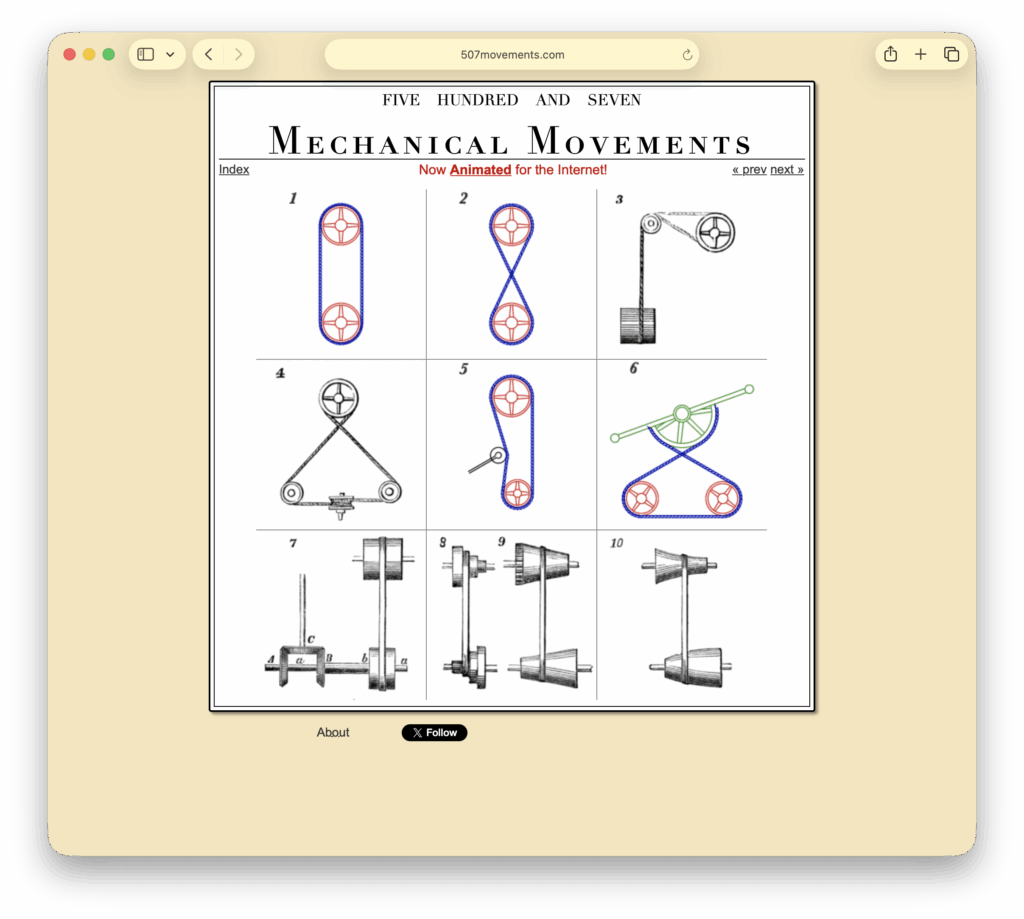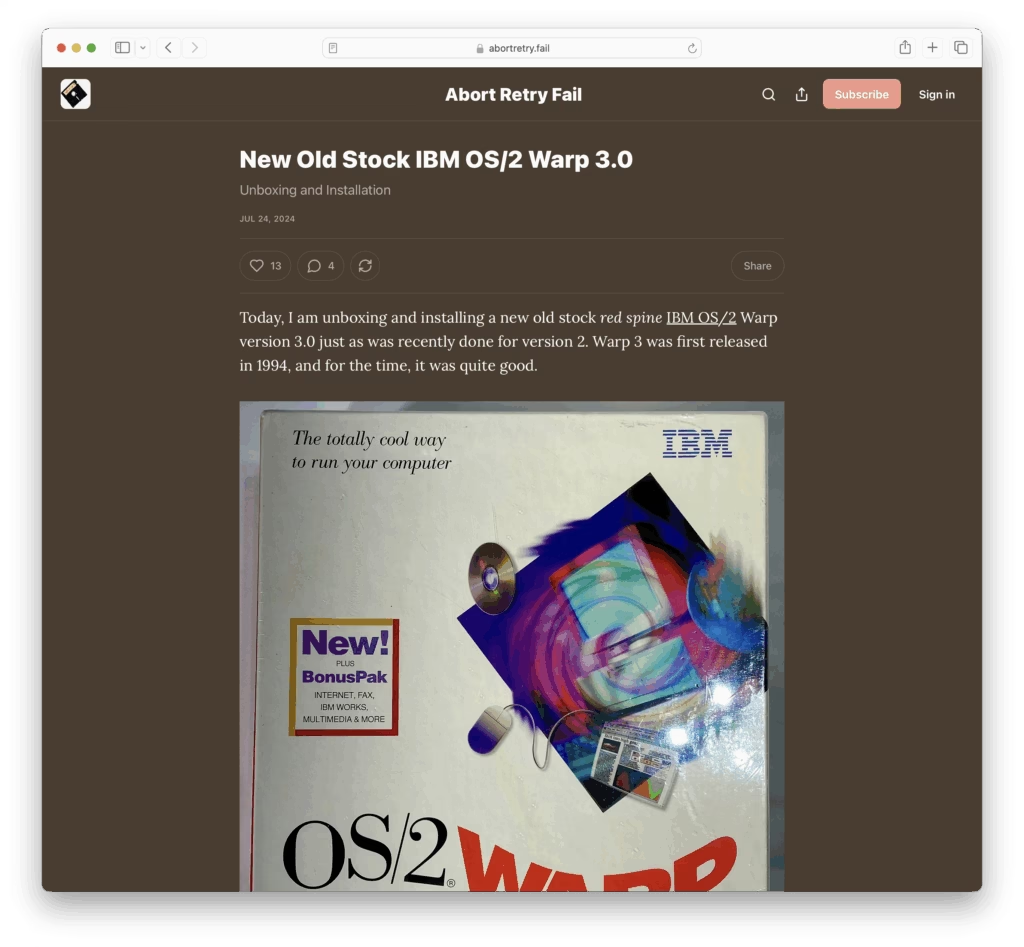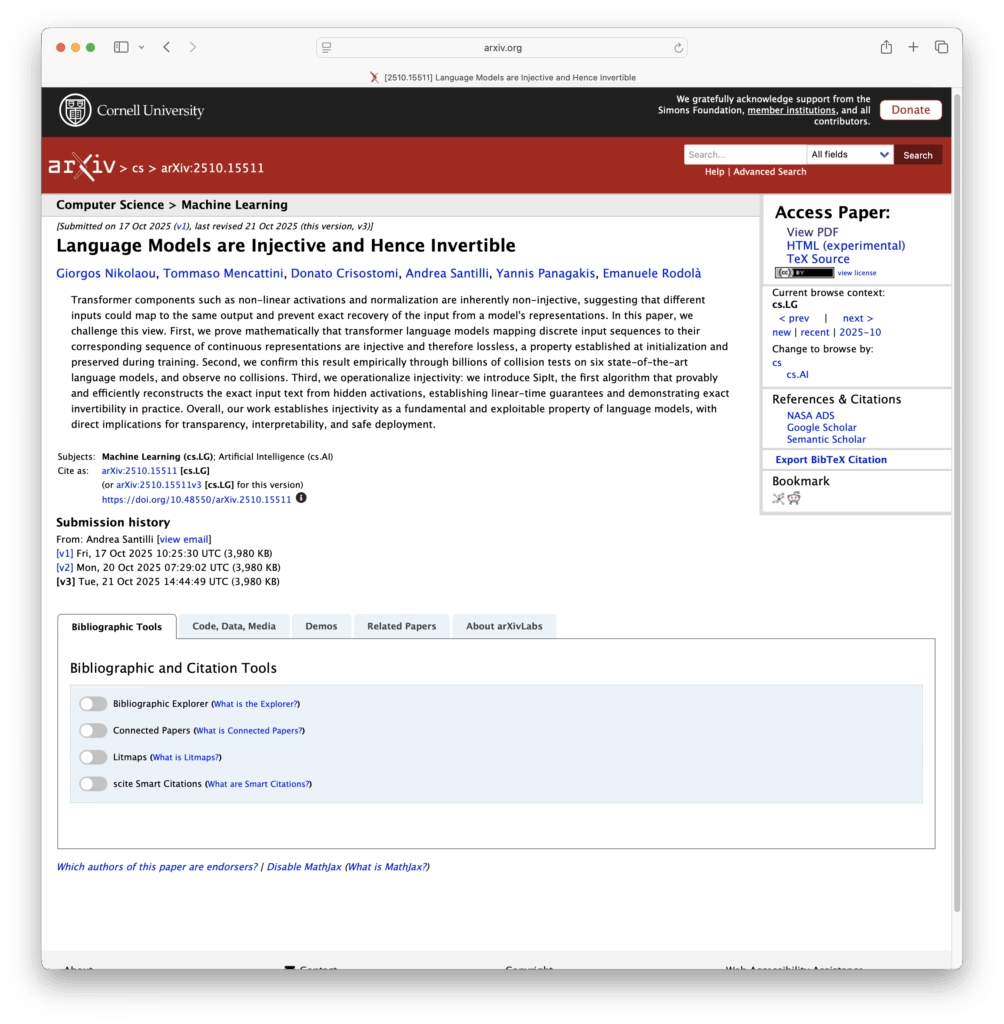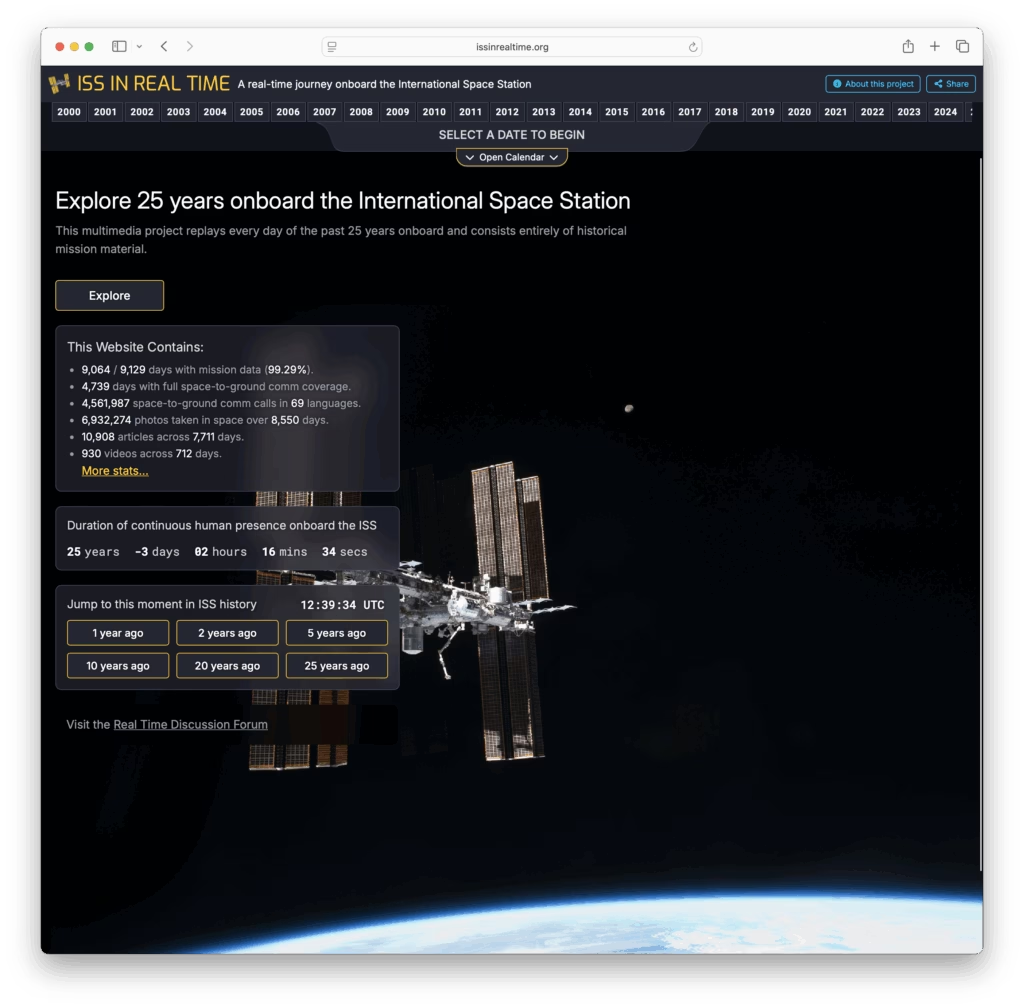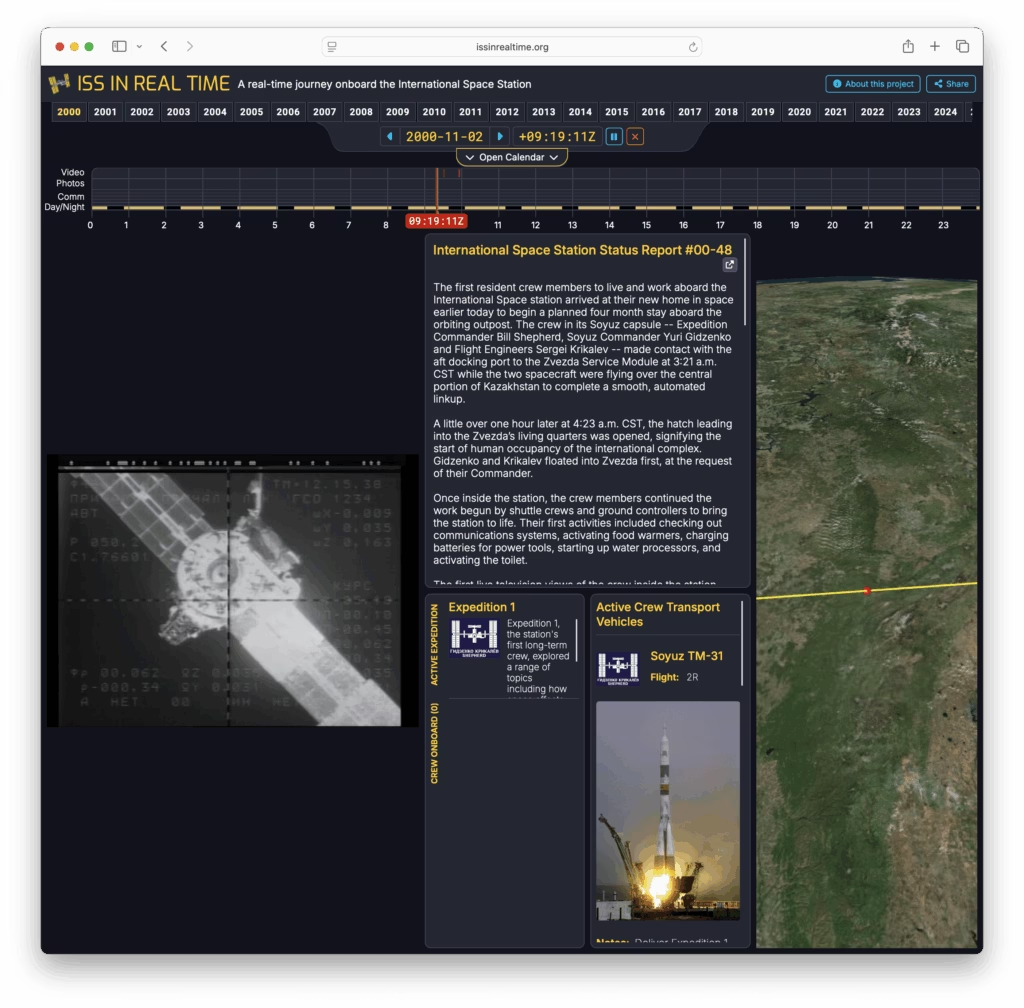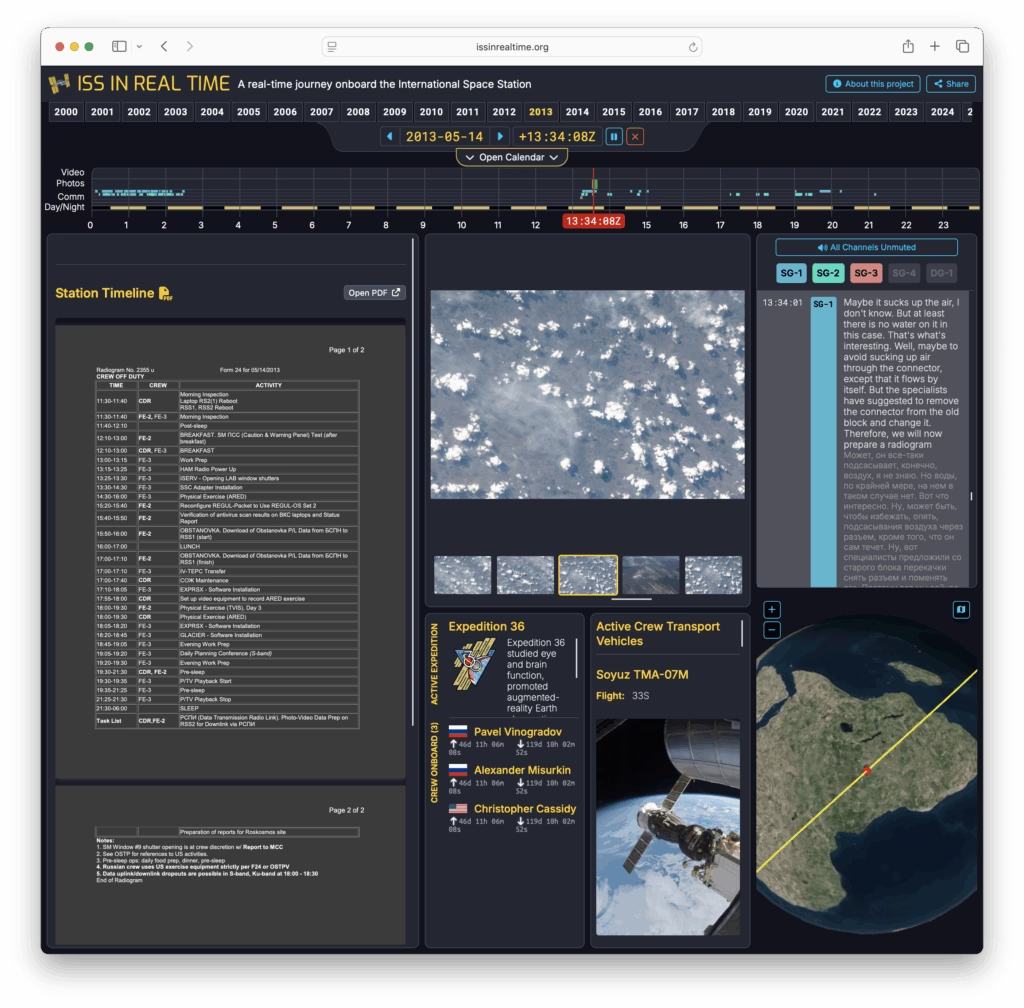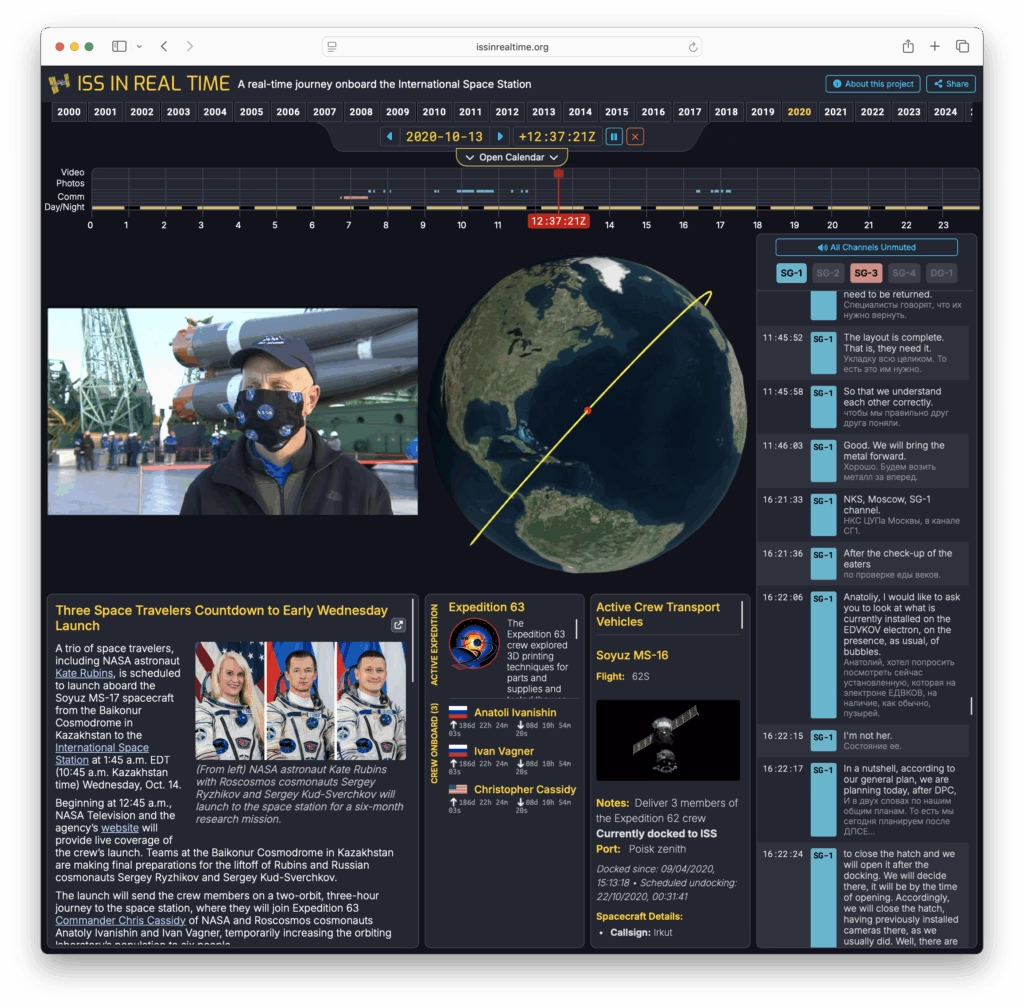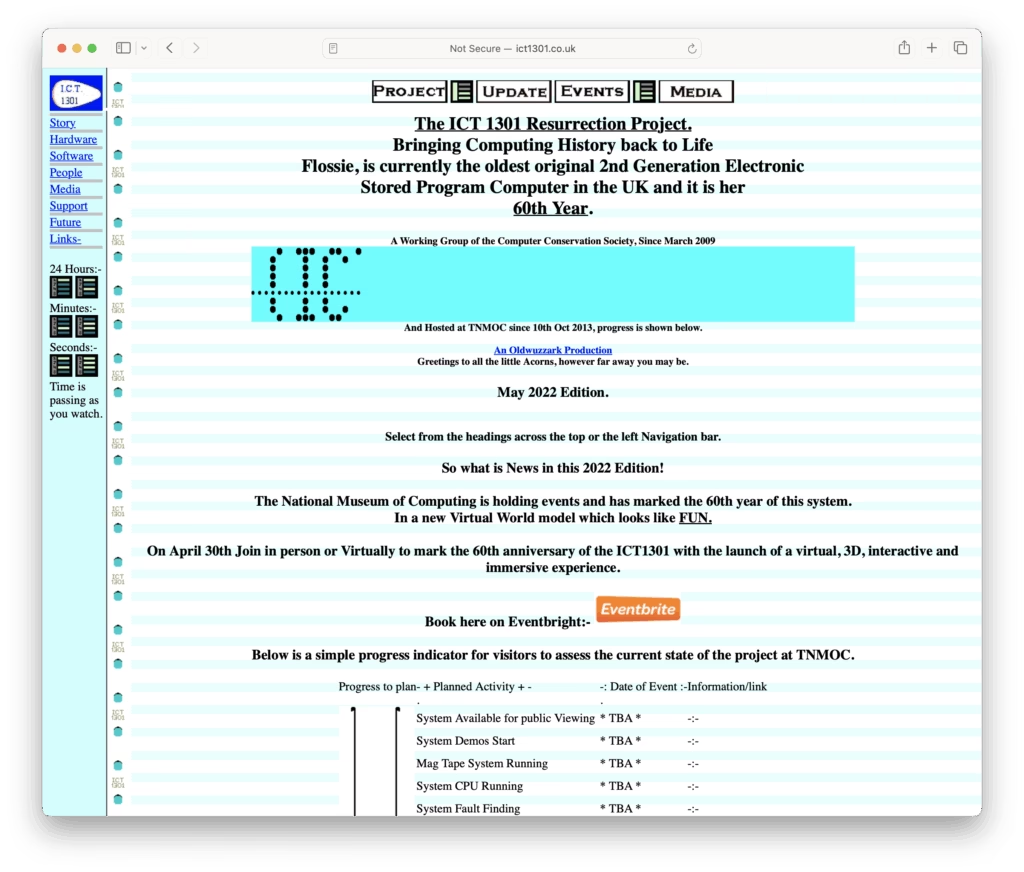Well, it’s been a little while since I last looked at sizing Time Machine backups on MacOS and, with MacOS 26 (‘Tahoe’), the magic incantation needed to pull that information out has changed.
Open up a terminal and enter the following…
log show --predicate 'subsystem == "com.apple.TimeMachine"' --info | grep "will be in backup of all sources"
…and this will print out a number of records from previous Time Machine sessions thus…
2025-11-17 08:59:01.989807+0000 0xdd79ec Info 0x0 27411 0 backupd: (TimeMachine) [com.apple.TimeMachine:SizingProgress] Estimated a total of 3112764 files (13.52 TB) will be in backup of all sources
2025-11-17 09:54:37.554473+0000 0xde7d23 Info 0x0 27411 0 backupd: (TimeMachine) [com.apple.TimeMachine:SizingProgress] Estimated a total of 3113582 files (13.51 TB) will be in backup of all sources
2025-11-17 10:54:38.754477+0000 0xdfb366 Info 0x0 27411 0 backupd: (TimeMachine) [com.apple.TimeMachine:SizingProgress] Estimated a total of 3119251 files (13.51 TB) will be in backup of all sources
2025-11-17 11:54:25.417194+0000 0xe0dd3f Info 0x0 27411 0 backupd: (TimeMachine) [com.apple.TimeMachine:SizingProgress] Estimated a total of 3123208 files (13.51 TB) will be in backup of all sources
